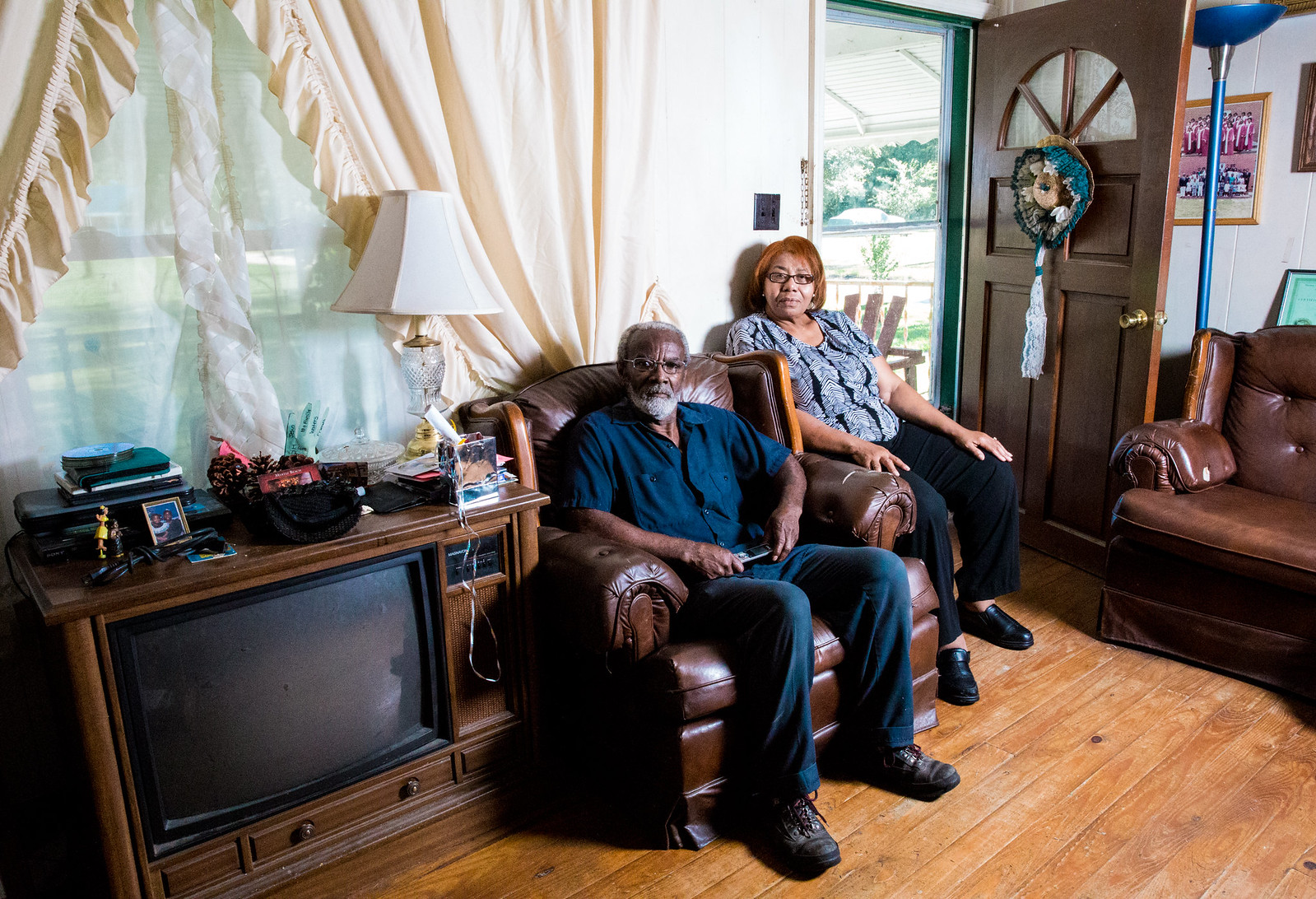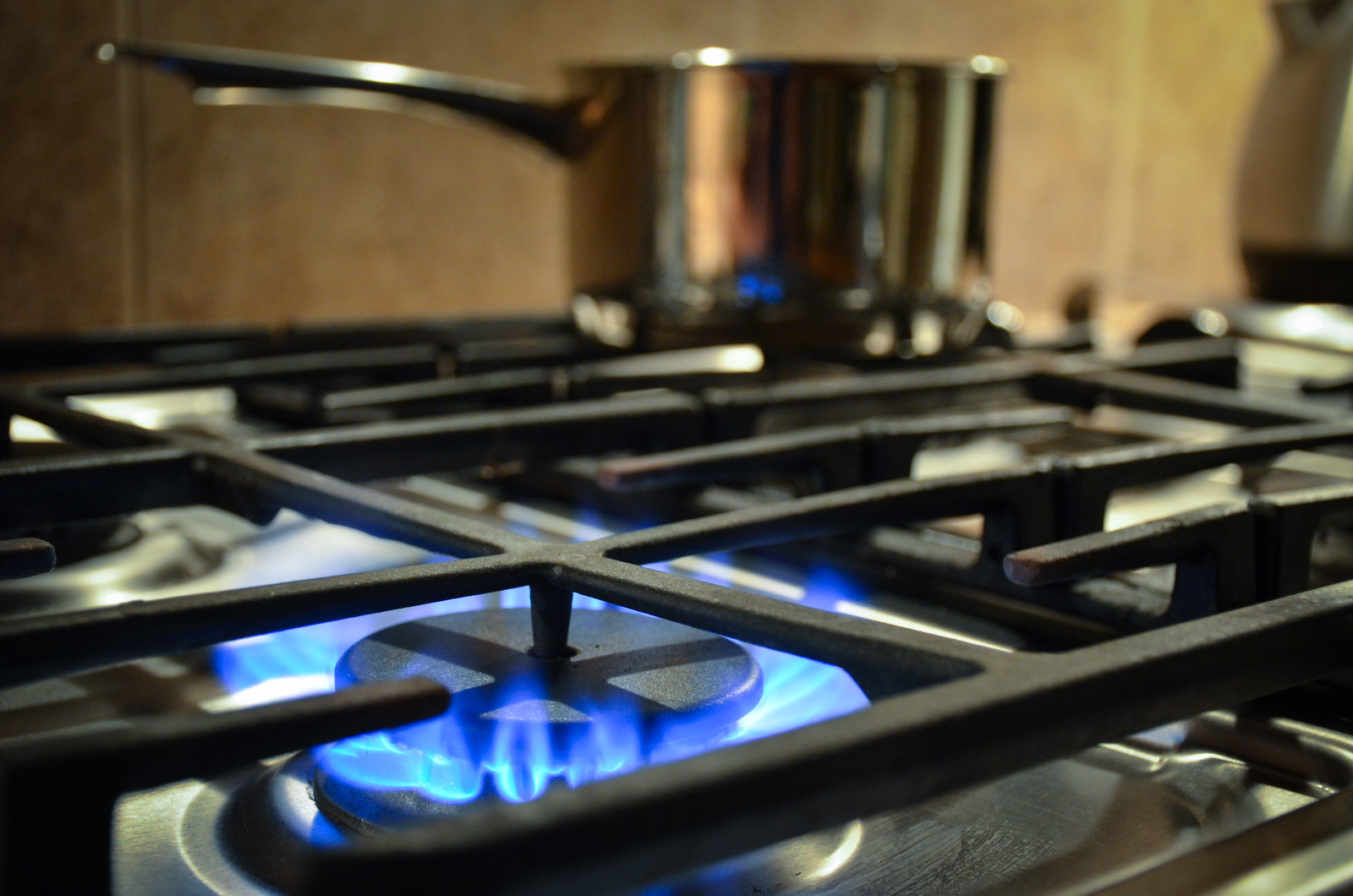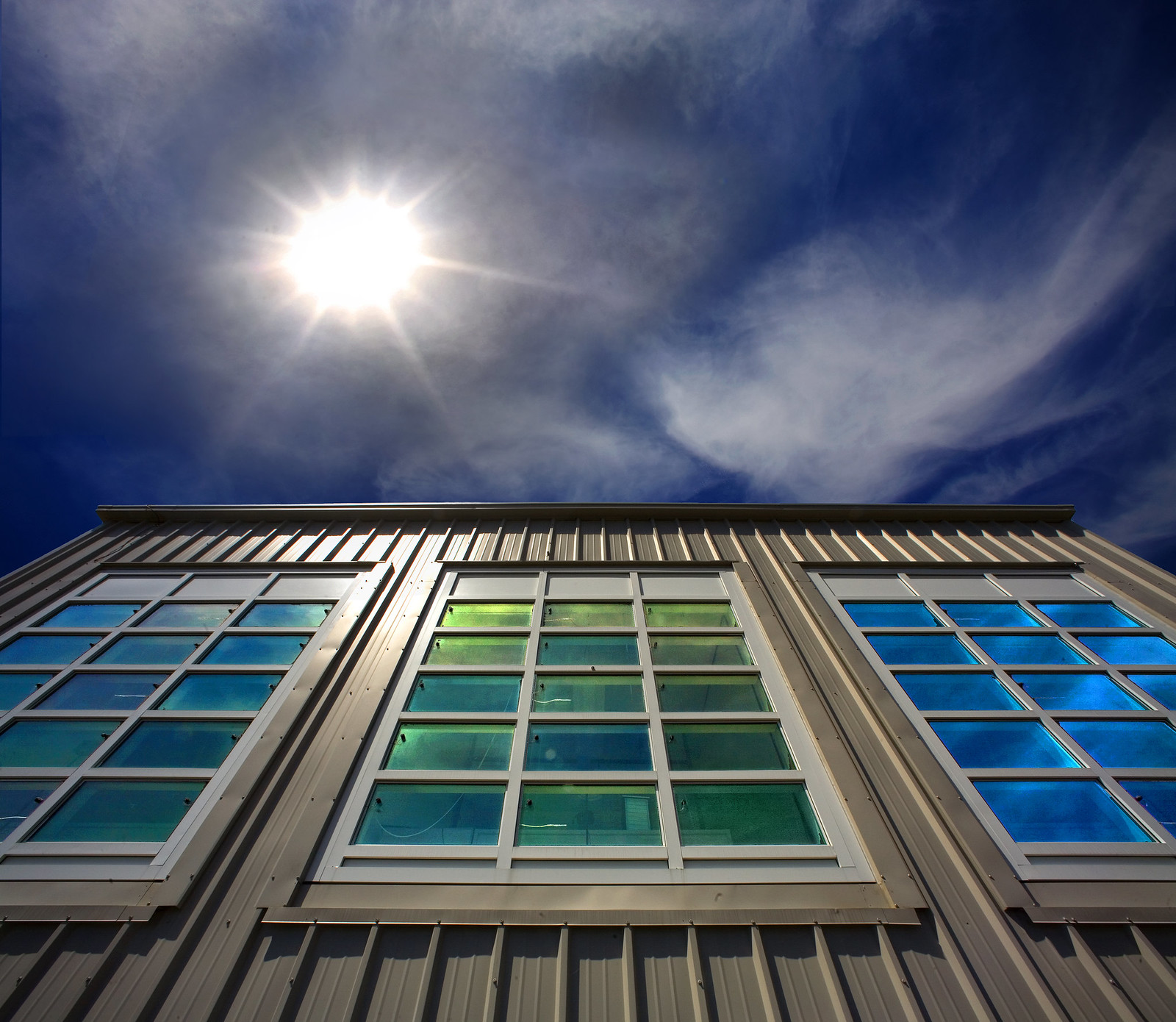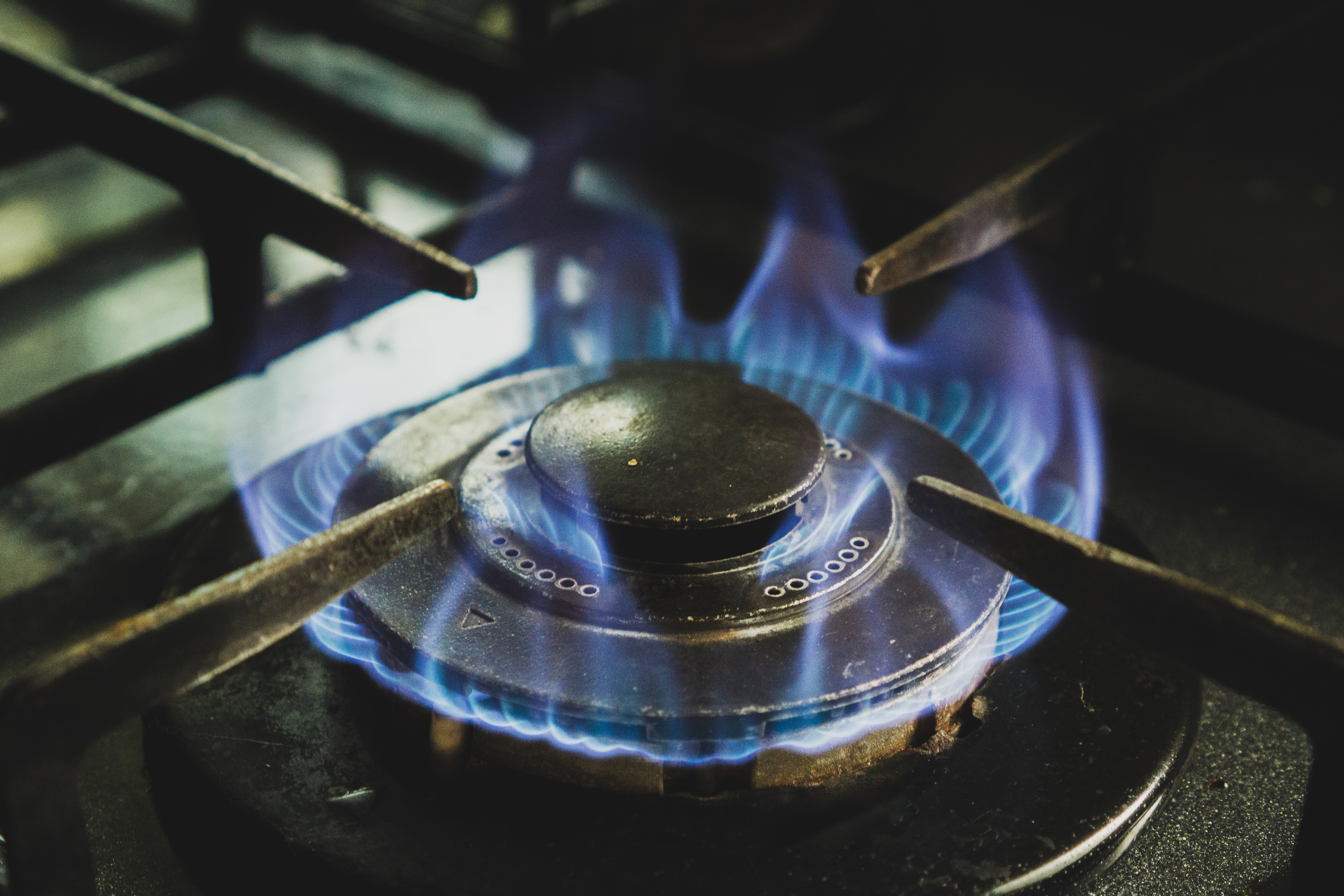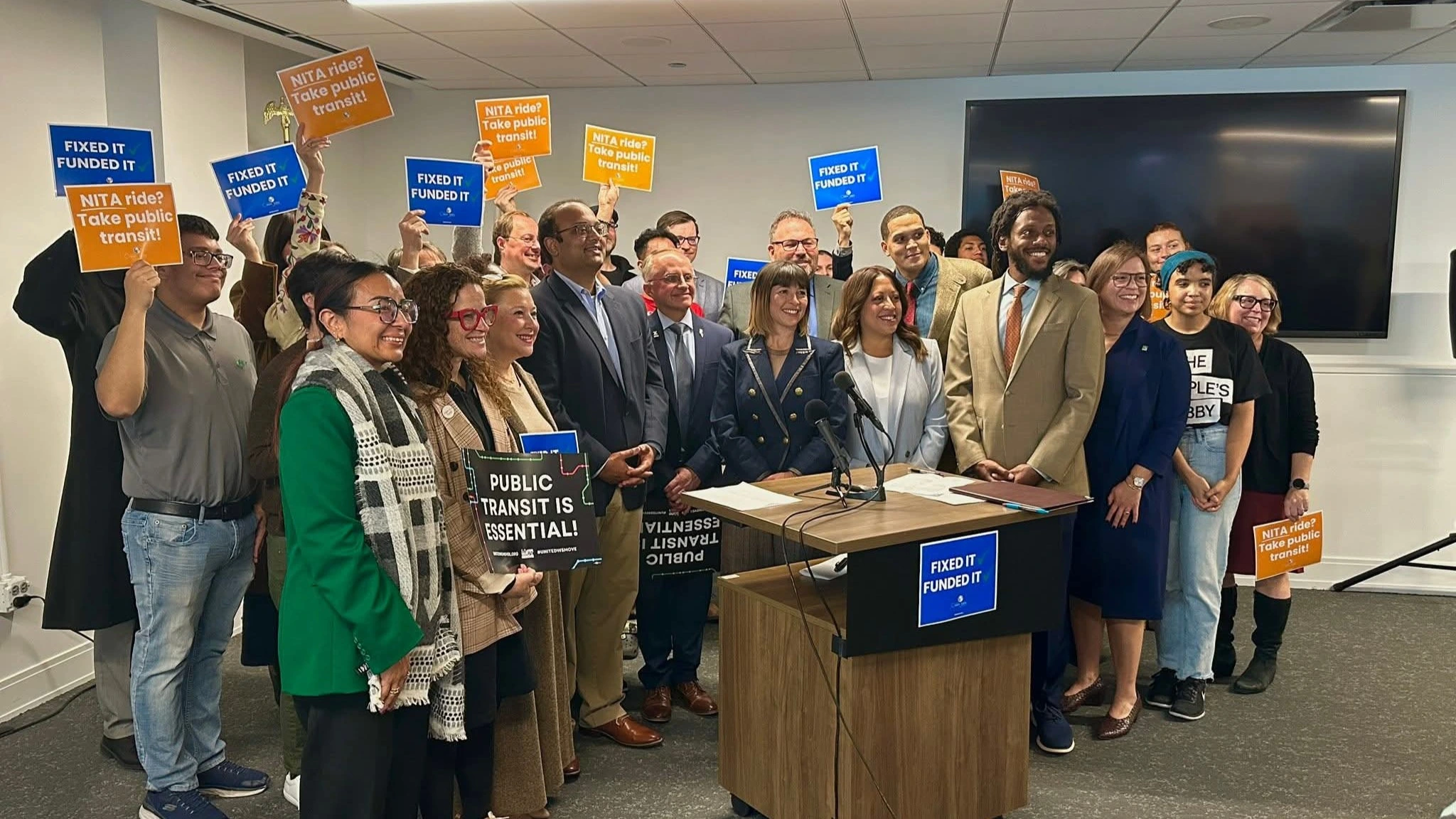“Home is where the heart is.”
“Home sweet home.”
“East, west, home’s best.”
There are many ways to say it: Homes are supposed to be where we feel the safest. But for the majority of us, our homes run on fossil fuels that poison our indoor air and aggravate the climate crisis. Electrifying our buildings to eliminate dangerous indoor pollution from fossil fuels is the way forward, and even better, we can do so in ways that also address the nation’s housing crisis.
Strengthening state and federal clean air regulations, while deploying funds from the Inflation Reduction Act (IRA), can enable us to decarbonize our homes, leading to improved housing and air quality across the country, particularly for Black, Brown, and lower-income communities, who are often disproportionately impacted by inadequate housing and air pollution.
Electrifying Our Buildings Can Improve Health Equity and Housing Quality
The energy needed to run our buildings generates between a fifth and a third of the nation’s carbon pollution (depending on how you count upstream energy production emissions). That’s a big climate problem, however you count it.
And worse, recent research has found that appliances that burn fossil fuels like boilers, water heaters, and gas stoves work like “mini fossil fuel plants” inside our homes, driving up indoor air pollution and harming our wellbeing. In fact, fossil fuel appliances in the U.S. emit more nitrogen oxides (a deadly form of air pollution) than all of our nation’s fossil gas power plants combined. The toxic pollutants released from these appliances have been linked to lung and heart disease, asthma, and increased cancer rates. Think of it like a car’s tailpipe running right into your living room.
Addressing these challenges will take coordinated regulation from the local to the federal level, particularly to address disparities in housing quality underlying the unequal burden of indoor air pollution. Black, Brown, and lower-income communities that have suffered most from historic redlining should have priority access to clean technology and financing. Racially discriminatory housing policy through redlining not only limited the ability of people of color to build wealth through homeownership but is also linked to poor housing quality and higher rates of air pollution and asthma today.
